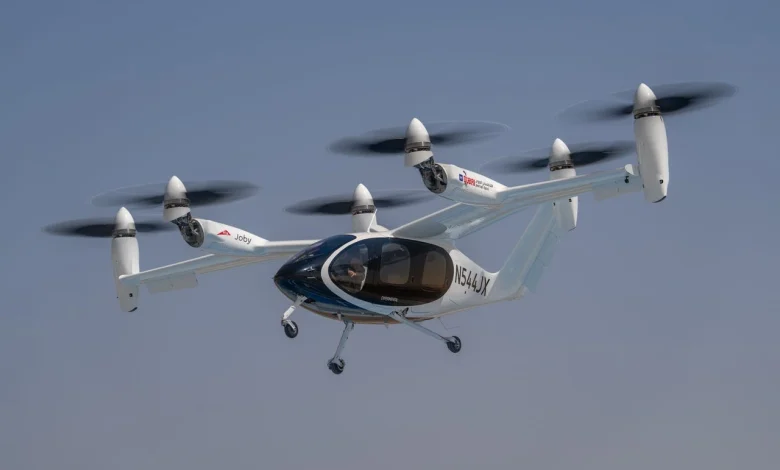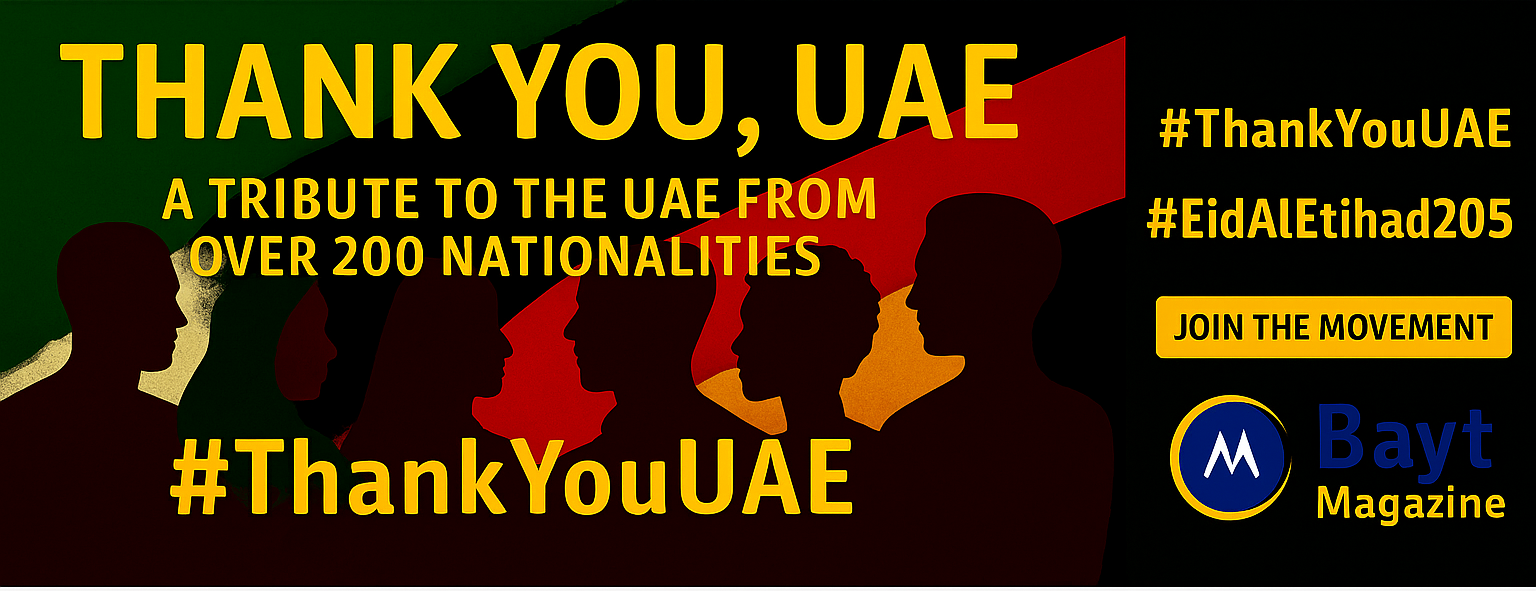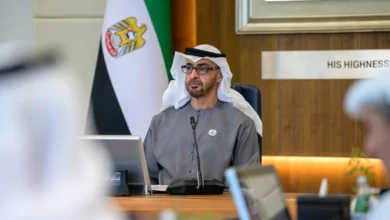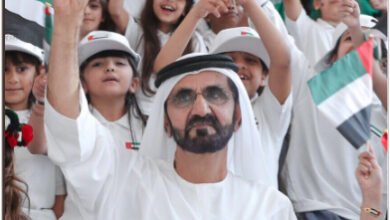
UAE Launches World’s First eVTOL Flight Rules Framework
UAE leads the world as the first country to create a complete regulatory framework for electric vertical take-off and landing aircraft operations. The UAE’s General Civil Aviation Authority (GCAA) introduced these groundbreaking rules that allow both eVTOLs and traditional helicopters to share the same infrastructure.
This fresh take on eVTOL regulation does more than just welcome new technology. Safety standards remain high while the framework shapes aviation’s future. UAE has reached a crucial milestone by creating flexible eVTOL rules that adapt to technological changes and integrate Advanced Air Mobility solutions into current aviation systems. These eVTOL concepts now replace the old CAR HVD, which was the world’s first vertiport regulation.
Shared use of helicopter pads and eVTOL infrastructure in UAE makes implementation faster and resources more efficient. This groundbreaking regulatory environment supports today’s aviation needs and prepares for future advances in vertical flight technology. UAE’s steadfast dedication to encouraging innovation in aviation shines through these technically sound and operationally relevant regulations.
UAE GCAA launches world’s first eVTOL rules framework
The UAE’s General Civil Aviation Authority (GCAA) has achieved a major milestone in aviation regulation. They introduced the world’s first detailed regulatory framework designed specifically for electric vertical take-off and landing (eVTOL) aircraft. This state-of-the-art initiative sets clear operational parameters that address these next-generation aircraft’s unique capabilities and requirements.
The new framework creates a dual-use system that lets traditional helicopter landing infrastructure naturally accommodate eVTOL aircraft. Operators can use existing aviation facilities instead of building entirely new ones. This practical approach reduces implementation barriers and speeds up market entry timelines.
Safety protocols, traffic management, pilot certification, and maintenance requirements form the core of this regulatory structure. GCAA has created a balanced system through these elements. The system upholds strict safety standards without creating unnecessary obstacles to technological progress.
This framework stands out from previous eVTOL regulation attempts because of its detailed scope and forward-thinking approach. UAE developed regulations specifically tailored to eVTOL technology’s unique characteristics instead of adapting existing helicopter or fixed-wing aircraft rules. These aircraft combine elements of both traditional aviation categories but operate on different principles, making this approach essential.
The framework shows amazing adaptability by setting baseline requirements that can grow with rapid technological advancements. This flexibility proves especially valuable in the eVTOL sector as design innovations emerge at an unprecedented pace.
GCAA’s approach marks a radical alteration in aviation regulatory philosophy. UAE has proactively set guidelines that can shape development while keeping safety as the top priority, instead of waiting for technology to mature. This proactive stance makes UAE a global leader in Advanced Air Mobility regulation. It creates an attractive environment for manufacturers and operators who need regulatory clarity.
Test flights and partnerships accelerate framework rollout
Image Source: IoT World Today
Leading eVTOL manufacturers’ test flights are pushing forward UAE’s innovative regulatory framework faster than ever. Archer Aviation completed its first test flight of the “Midnight” eVTOL aircraft at Abu Dhabi’s Al Bateen Executive Airport in July 2025. Senior leaders from the UAE General Civil Aviation Authority (GCAA), Abu Dhabi Investment Office (ADIO), and transportation authorities of all types watched this milestone event.
Joby Aviation has also achieved its first piloted test flights in Dubai, moving closer to commercial operations. These tests mark the first pre-commercial eVTOL campaign outside the US and showcase Dubai’s dedication to advanced air mobility solutions.
The test flights play a vital technical role by evaluating aircraft performance in UAE’s challenging environment. Archer’s team focuses on testing vertical take-off and landing capabilities in high temperature, humidity, and dust conditions. This thorough testing provides key data that supports certification efforts in the UAE and other markets.
“Testing our aircraft in actual operating conditions in the middle of summer provides us with the data we need to progress our commercial and certification efforts,” explained Archer Aviation’s CEO Adam Goldstein.
These real-world demonstrations support UAE’s eVTOL regulatory framework through strategic collaborations. Abu Dhabi will become Archer’s first global launch market through collaboration with Abu Dhabi Aviation to start commercial air taxi services in the capital. As with Joby, they have secured a six-year exclusive operating agreement with Dubai’s Roads and Transport Authority.
Infrastructure development continues with these test flights. Archer got GCAA’s design approval in April 2025 to transform Abu Dhabi Cruise Terminal’s helipad into UAE’s first hybrid heliport. Joby’s first commercial vertiport at Dubai International Airport is under construction and will be ready in early 2026.
The UAE is becoming the global hub for commercial eVTOL operations through these coordinated efforts in regulatory development, testing, and infrastructure preparation.
New rules reshape infrastructure and market dynamics
Image Source: Virgin Radio Dubai
UAE’s innovative regulatory framework is changing aviation infrastructure across the Emirates. Their groundbreaking rules now allow existing helicopter landing pads to handle both conventional helicopters and eVTOL aircraft. This dual-use approach offers economical solutions for infrastructure development that speeds up operational readiness in the region.
“By enabling dual-use between conventional helicopter pads and electric vertical takeoff and landing pads, this initiative helps accelerate implementation timelines, optimizes infrastructure utilization, and cements the UAE’s position as a leader in fostering an integrated ecosystem,” explained GCAA director-general Saif Mohammed Al Suwaidi.
Real-world benefits go beyond just regulatory changes. Abu Dhabi already has more than 70 helipads, which lets operators expand service without building completely new facilities. This reduces capital needs and allows quick market entry. Archer Aviation’s CCO Nikhil Goel highlighted this benefit: “We don’t need to build any new infrastructure to make this work. We plan to utilize the existing helipads, then add electrification to those facilities”.
Infrastructure growth continues on several fronts. Abu Dhabi is developing its first hybrid heliport at Mina Zayed Cruise Terminal. Dubai approved its first vertiport near Dubai International Airport – a 3,100 m² facility that will support about 42,000 landings and 170,000 passengers yearly when it opens in Q1 2026.
Market players have repositioned themselves after these changes. Joby Aviation has strengthened its regional presence while planning services with Delta Air Lines in the United States. Competitors like Archer Aviation and Boeing-backed Wisk are expanding their UAE operations, which could shift market leadership away from European manufacturers like Vertical Aerospace.
These regulatory changes fit perfectly with UAE’s national goals. UAE Vision 2030 and 2050 programs focus on economic diversity and lower carbon emissions, making eVTOL technology an ideal match. Dubai’s Smart City initiative and Abu Dhabi’s advanced transportation systems create a strong foundation for widespread adoption.
The UAE’s trailblazing eVTOL regulatory framework marks a turning point in global aviation history. Smart planning and forward-thinking policies have made the nation a clear leader in Advanced Air Mobility regulation. Their framework strikes a perfect balance between state-of-the-art technology and safety needs. It lets conventional helicopter infrastructure serve multiple purposes while maintaining high operational standards.
Major manufacturers’ test flights now confirm these regulations work well in practice. Archer Aviation and Joby’s aircraft have shown great capabilities in UAE’s tough environmental conditions. Their results provide key data for certification processes worldwide. The success stems from government authorities working hand in hand with industry leaders to move transportation forward.
This regulatory approach’s benefits go way beyond the reach and influence of aviation alone. UAE’s position as the world’s first commercial eVTOL services market will bring in major investments and create specialized jobs. The country’s urban mobility options will grow substantially. Their dual-use infrastructure model offers an economical way to scale operations without building everything from scratch.
The framework lines up perfectly with UAE’s broader national goals. eVTOL technology produces zero emissions, supporting UAE’s green initiatives. Their advanced transportation network reinforces the country’s reputation for pushing boundaries. Other nations will definitely study this model while developing their own rules.
UAE has achieved something extraordinary by actively shaping aviation’s future instead of just adapting to change. Commercial operations will soon replace test flights as infrastructure grows. The world watches a new chapter of transportation history unfold in Emirates’ skies.




